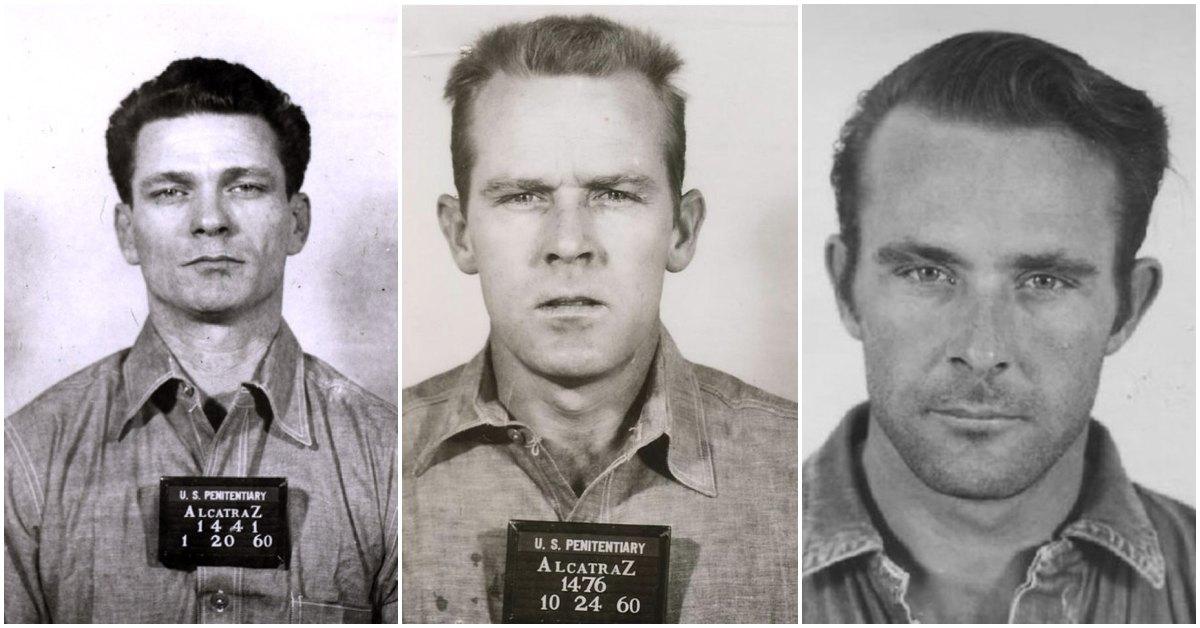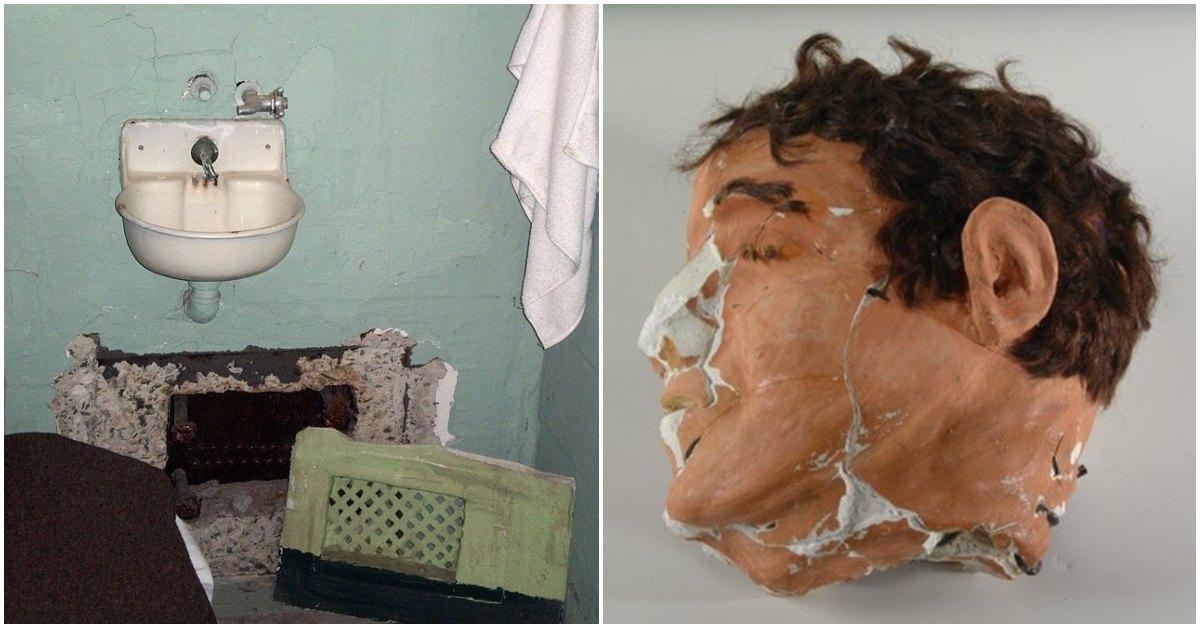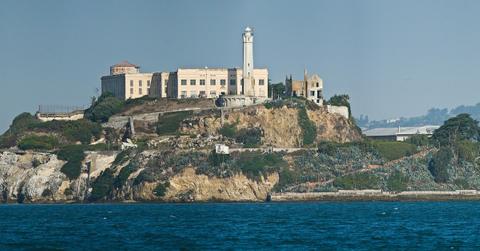Alcatraz Was Surrounded by Water, but That Didn’t Stop These People From Escaping
Alcatraz closed in 1963, but Donald Trump is considering reopening it.
Updated May 5 2025, 11:43 a.m. ET
The history behind the secluded, maximum-security prison Alcatraz is both intriguing and a little mysterious. Maybe it’s the fact that it’s perched on an island in the middle of San Francisco Bay, surrounded by nothing but the frigid waters of the Pacific, making it nearly impossible for anyone to escape — or so it was thought.
Alcatraz was first used to house captives during the Civil War, according to the FBI.
However, by the early 1930s, it had been upgraded to what was dubbed "the world’s most secure prison." Some of the country’s most notorious criminals like Al Capone and George "Machine Gun" Kelly once roamed its infamous halls. And yes, it even inspired Azkaban, the wizard prison in the Harry Potter series.
Perhaps what’s more interesting, though, is that there were 14 escape attempts involving a total of 36 men. So, who got out of Alcatraz, and where are they now?
Who escaped from Alcatraz?
Five people are believed to have escaped Alcatraz, though whether their attempts were actually successful is still up for debate, as their whereabouts remain a mystery.
Back in December 1937, Theodore Cole and Ralph Roe, both on the FBI’s Most Wanted list, reportedly slipped out of the prison’s mat shop during a particularly foggy day and jumped into the bay. Their remains were never found, but considering the brutal water conditions, it's widely believed they drowned.
But the most notorious Alcatraz escape belongs to three men: brothers John and Clarence Anglin, and Frank Morris. In June 1962, they pulled off what’s still considered one of the most clever prison breakouts in U.S. history. Morris led the operation, and the men used plaster dummy heads with actual human hair (don’t ask where they got it) to trick the guards into thinking they were still asleep in bed.

Frank Morris (left), John Anglin (middle), Clarence Anglin (right)
By the morning of June 11, 1962, the prison was in full lockdown after discovering the men were gone. A DIY paddle was later found, along with an inmate-made life vest, but no sign of the men.
So, how did they pull it off? Their plan was pretty clever. Using a drill fashioned from a vacuum cleaner motor, they loosened the vents in their cells and crawled into an "unguarded utility corridor," according to the FBI.
There, they stashed their escape tools, including a handmade six-by-14-foot rubber raft. When the time came, they climbed up a series of pipes to a ventilator shaft, made it to the roof, and slid down the bakery smokestack before reaching the northeast shore and launching their raft into the icy waters.
No bodies were ever recovered, and no solid leads ever emerged. Officials assume the men drowned, perhaps becoming fish food, but the case is still technically considered "unsolved." With guard towers monitoring the yard and a dozen inmate checks a day, how they managed to pull off such a clean escape remains one of the more puzzling mysteries.

Prison cell in Alcatraz and the dummy head of Frank Morris
Some people believe the Anglin brothers and Frank Morris escaped to Angel Island.
Although there’s been no sign of the Anglin brothers or Frank Morris since their Alcatraz escape, one plausible theory is that they made it to Angel Island, located more than a mile away, and from there, possibly found a way to reach the mainland. With no solid leads or evidence, the case was officially closed in December 1979.
While Alcatraz itself had already shut down back in 1963, its history has remained relevant, especially now, as President Donald Trump is reportedly considering reopening it. Of course, that would require a major overhaul.

